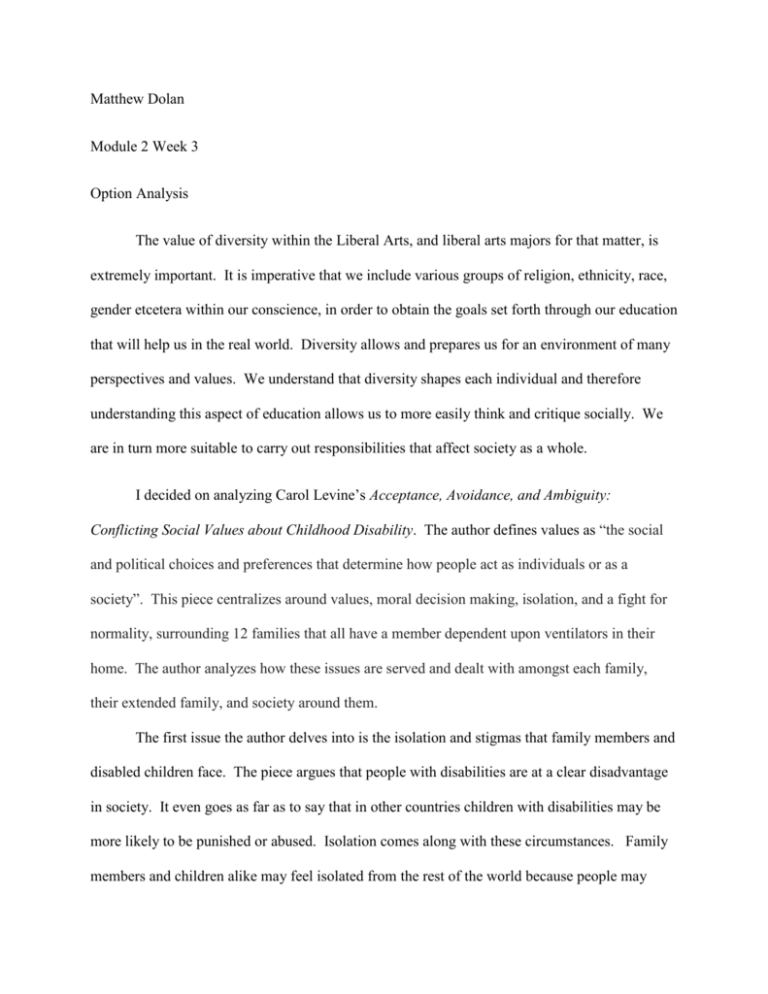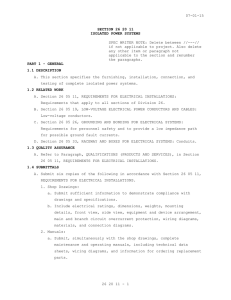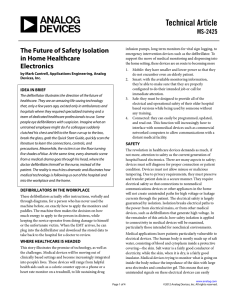Module 2 week 3 essay
advertisement

Matthew Dolan Module 2 Week 3 Option Analysis The value of diversity within the Liberal Arts, and liberal arts majors for that matter, is extremely important. It is imperative that we include various groups of religion, ethnicity, race, gender etcetera within our conscience, in order to obtain the goals set forth through our education that will help us in the real world. Diversity allows and prepares us for an environment of many perspectives and values. We understand that diversity shapes each individual and therefore understanding this aspect of education allows us to more easily think and critique socially. We are in turn more suitable to carry out responsibilities that affect society as a whole. I decided on analyzing Carol Levine’s Acceptance, Avoidance, and Ambiguity: Conflicting Social Values about Childhood Disability. The author defines values as “the social and political choices and preferences that determine how people act as individuals or as a society”. This piece centralizes around values, moral decision making, isolation, and a fight for normality, surrounding 12 families that all have a member dependent upon ventilators in their home. The author analyzes how these issues are served and dealt with amongst each family, their extended family, and society around them. The first issue the author delves into is the isolation and stigmas that family members and disabled children face. The piece argues that people with disabilities are at a clear disadvantage in society. It even goes as far as to say that in other countries children with disabilities may be more likely to be punished or abused. Isolation comes along with these circumstances. Family members and children alike may feel isolated from the rest of the world because people may simply be “unaware” of what their daily life is like. The author speaks of one mother who feels isolated from the medical care providers of all people. It is easy to think we understand that people feel isolated for being stared at for example, or because they are constantly rolling around a tank of oxygen. To feel isolated from medical providers because their issues are not being met or provided for is a whole different aspect. We must accept handicapped people the same as we do people of the opposite sex. The way one breathes or the way someone transports themself is no different than being black or white. I wonder if this is a moral ignorance or moral blockage. I feel society is often ignorant to diversity, but large medical providing companies should be aware of these issues. Either they are unwilling to pay additional costs and block out these issues, or they are simply ignorant to their existence. Striving for normality is another dilemma these people face. It is argued in this essay that these disabilities are a social disorder rather than a medical disorder. “Bodily impairment derives from a social world which privileges some bodies over others, some minds over others, and in doing so, constructs a world which allows human capacities to flourish in some but not in others”. It is scary to acknowledge that people in these scenarios, and psychologists alike, argue that it is society holding these children back, not the machine that keeps them alive. This striving for normality involves the attitudes people have about children, or people for that matter, who rely on machines for support. Many children in the essay were said to have either happy or neutral feelings about their dependencies. Some have grown to accept it, while others are so grateful that the machine keeps them alive. The perception from society is truly the obstacle, not their own doubts or insecurities. People assuming they may lack intelligence or the ability to speak are the challenges they face. It is disheartening but true. I am guilty of paying less attention to someone with a hearing aid than to someone hooked up to a breathing machine. With their respective dependencies one condition could be no more serious than the other; however that is not how most people perceive it. This essay was extremely eye opening. Social tendencies and bias’ can play serious negative roles in the lives of many children as we were shown through the lives of these disabled children. If I asked most of my friends what their definition of diversity was I could guarantee that most would indulge in words that began with race and gender. Would anyone include disability into a definition of societal diversity? Clearly this is an important aspect of the word that society ignores. Understanding diversity more easily allows us to accomplish social responsibilities that we may encounter in personal and work experiences. This essay has shown that some of these responsibilities may be ignored, and that we must expand our notion of a diverse society.











